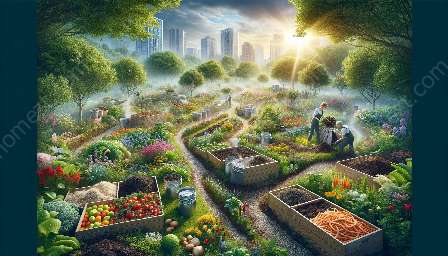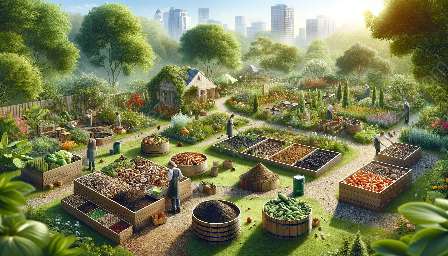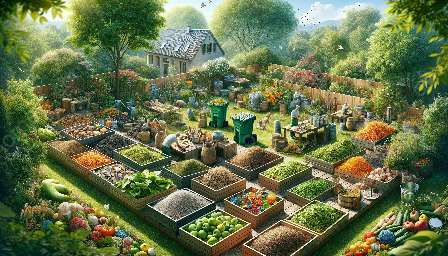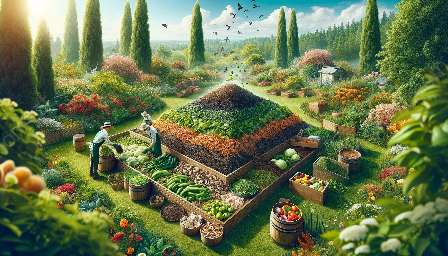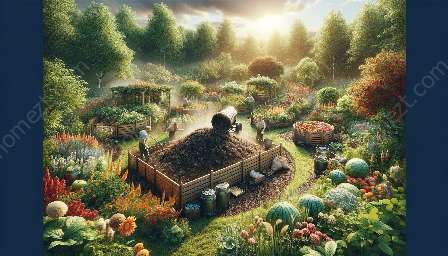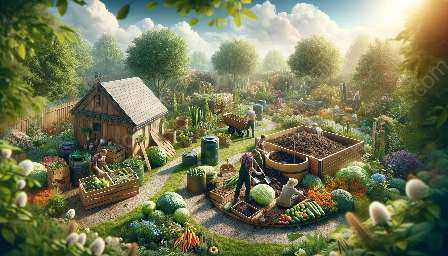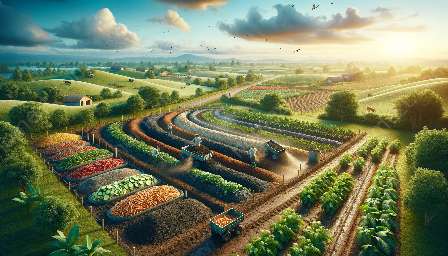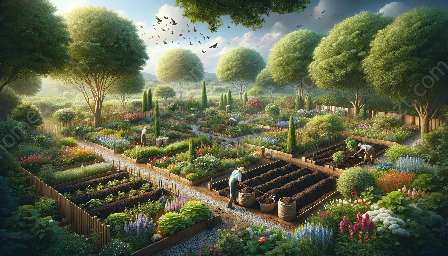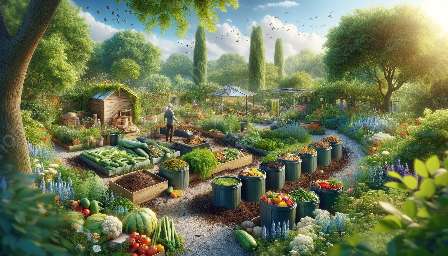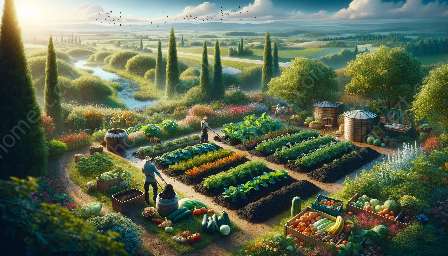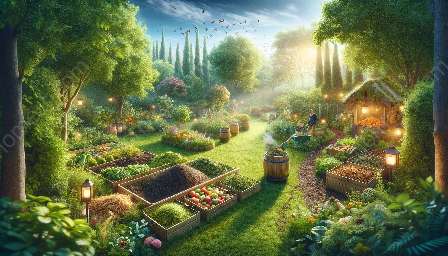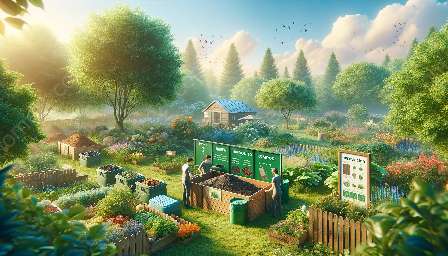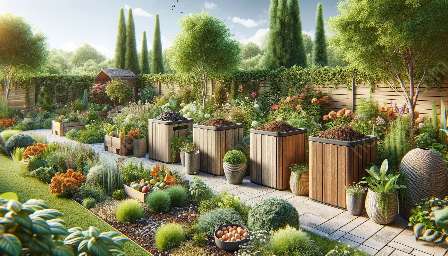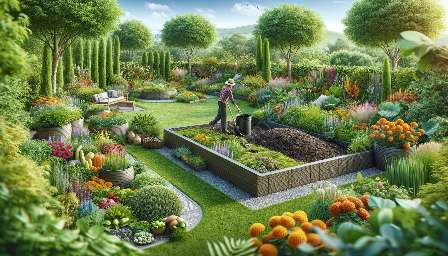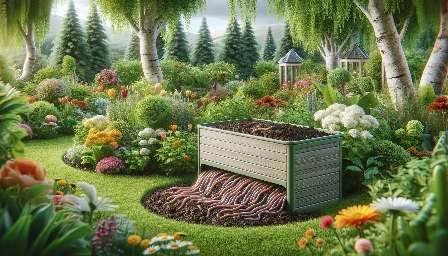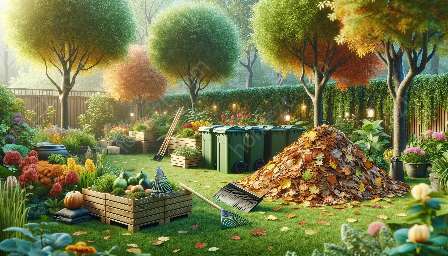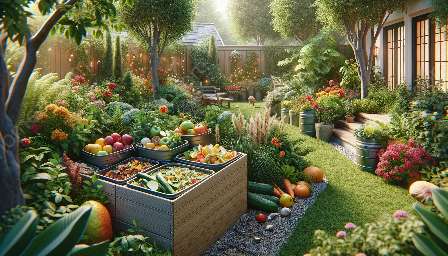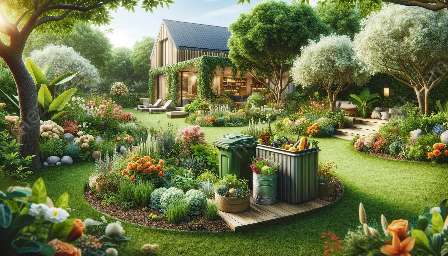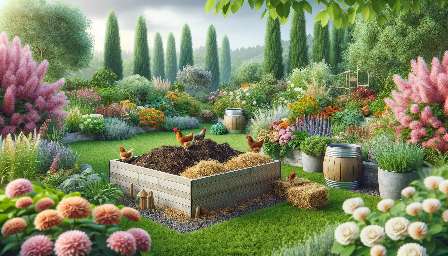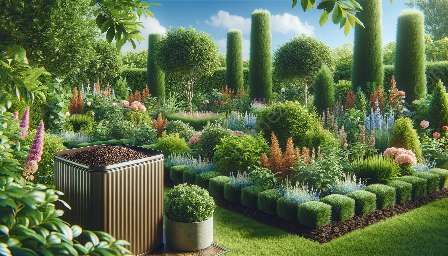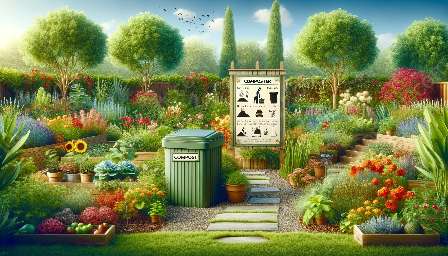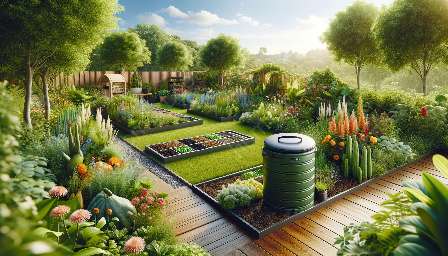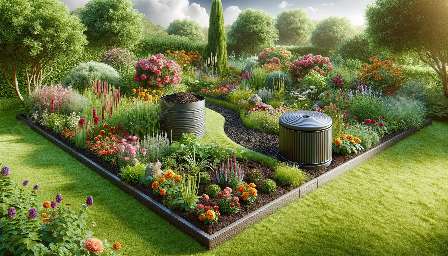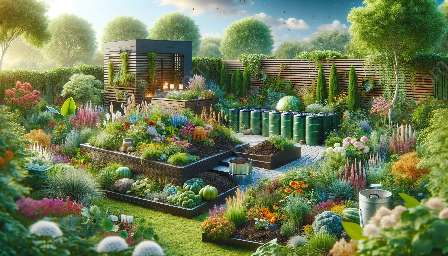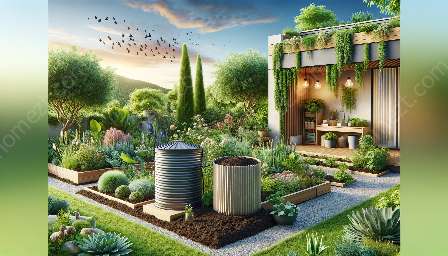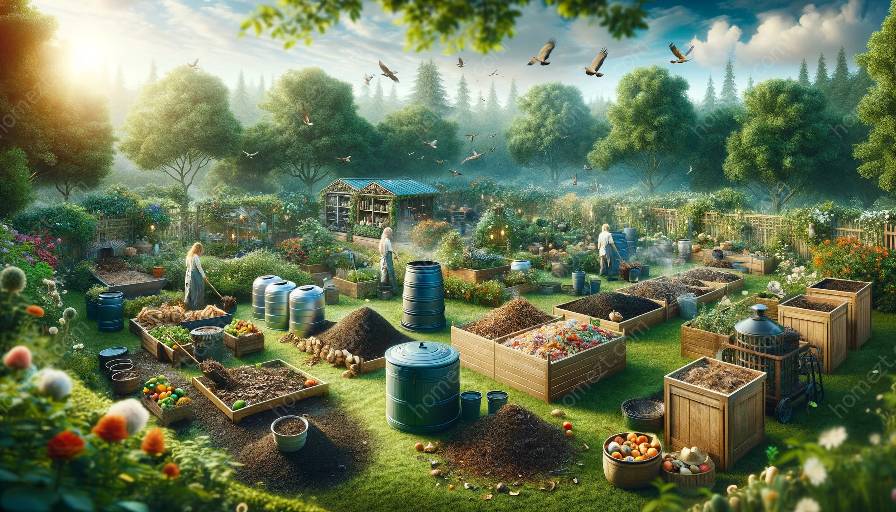Composting is a fundamental practice that provides numerous benefits for both gardening and landscaping. It is an eco-friendly and sustainable way to manage organic waste while enhancing soil health and fertility. In this guide, we will explore various composting methods and techniques that you can utilize to create nutrient-rich compost for your garden and landscaping projects.
Traditional Composting
Traditional composting is one of the most common and widely used methods for turning organic waste into valuable compost. It involves creating a compost pile or bin and allowing natural processes to break down the materials over time.
This method typically requires a mix of green materials (such as kitchen scraps, grass clippings, and garden waste) and brown materials (such as dry leaves, straw, and sawdust). The compost pile needs to be regularly turned and watered to maintain ideal conditions for decomposition. Traditional composting can take several months to produce usable compost, but it yields excellent results when managed properly.
Vermicomposting
Vermicomposting, also known as worm composting, is a method that utilizes worms to break down organic matter into nutrient-rich castings. This process is ideal for smaller spaces like urban gardens and can be done indoors or outdoors, making it highly versatile.
A vermicomposting system typically consists of a container with a bedding material (shredded paper, coconut coir, etc.) where worms are added along with the organic waste. The worms consume the waste and produce castings rich in valuable nutrients and beneficial microorganisms. Vermicompost is particularly beneficial for soil health and can be used as a top dressing or soil amendment for plants.
Hot Composting
Hot composting is an accelerated composting method that relies on generating high temperatures to break down organic materials quickly. This method can produce compost in a matter of weeks, making it an efficient option for gardeners and landscapers who need compost more rapidly.
Hot composting requires precise layering of organic materials and regular turning to maintain the right balance of carbon and nitrogen, which fuels the microbial activity that generates heat. The high temperatures reached during hot composting also help to eliminate pathogens, weed seeds, and certain pests, resulting in a more sanitized and weed-free compost.
Bokashi Composting
Bokashi composting is a method originating from Japan that utilizes a specialized inoculated bran to ferment organic waste in an anaerobic environment. This process is particularly effective for composting food waste and can be done in a compact container, making it suitable for indoor use.
The bokashi bran contains beneficial microbes that ferment organic matter instead of breaking it down through decomposition. This unique approach preserves more of the nutrients in the waste and creates a pre-compost material that can be buried in the soil to further decompose and enrich the earth. Bokashi composting also reduces odors and attracts fewer pests, making it a convenient and efficient method for managing kitchen scraps.
Sheet Composting
Sheet composting, also known as lasagna gardening, is a no-dig method that involves layering organic materials directly onto the soil to decompose and enrich the ground beneath. This technique is particularly beneficial for building soil health and structure in preparation for gardening and landscaping projects.
Materials such as cardboard, straw, grass clippings, and kitchen scraps are layered on top of the soil, creating a nutrient-rich mulch that encourages earthworms and beneficial microbes to thrive. Over time, the materials break down, adding organic matter to the soil and improving its fertility. Sheet composting is an excellent way to prepare new garden beds or improve the soil in existing ones.
Conclusion
In conclusion, composting offers a wealth of options for managing organic waste and creating valuable soil amendments for gardening and landscaping. By understanding and implementing different composting methods, you can enhance the sustainability and productivity of your outdoor spaces while contributing to a greener and healthier environment.

